Immersive Learning Environments
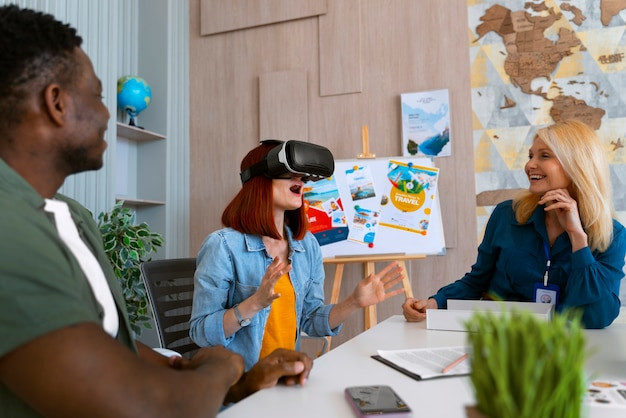
Virtual Reality offers an immersive learning environment that goes beyond traditional video conferencing tools. By simulating a classroom setting, VR allows students to feel as though they are physically present with their peers and instructors. This sense of presence is crucial for building a strong community feeling among distant learners. Through interactive 3D models and simulations, students can engage in hands-on activities, work on group projects, and participate in discussions as if they were in the same room, thereby reducing feelings of isolation.
Enhanced Engagement and Participation
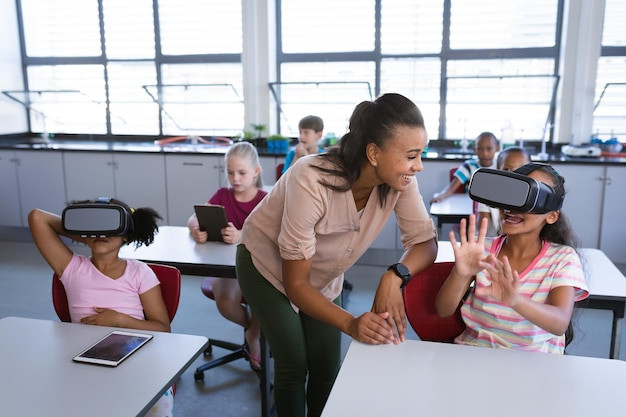
VR technology has the potential to significantly increase student engagement and participation in distant learning settings. By creating a captivating and interactive learning experience, students are more likely to be actively involved in their education. Virtual reality can transform mundane lectures into exciting and memorable experiences, encouraging students to contribute more frequently and with greater enthusiasm. This heightened level of engagement not only improves learning outcomes but also fosters a sense of belonging and unity among students, as they share these unique experiences together.
Collaborative Projects and Activities
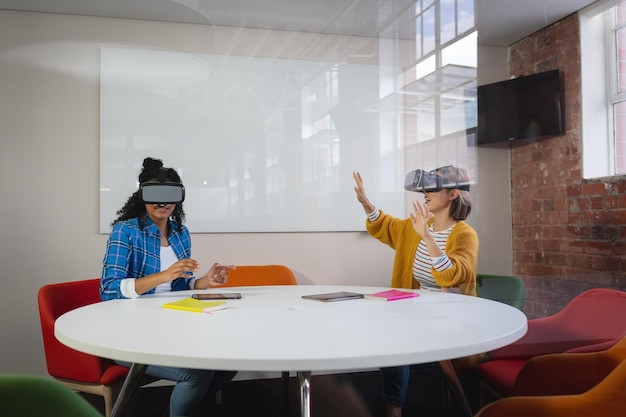
One of the key benefits of VR in education is its ability to facilitate collaborative projects and activities among distant learners. VR platforms can support multiple users in the same virtual space, allowing students to work together in real-time, regardless of their physical location. This collaboration can range from scientific experiments to architectural design projects, promoting teamwork and communication skills. Such collaborative efforts mimic the dynamics of in-person group work, helping to build a strong sense of community and shared purpose among participants.
Cultural Exchange and Global Classrooms
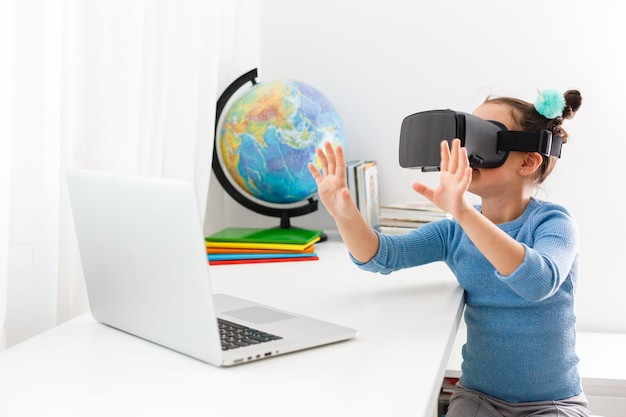
VR technology breaks down geographical barriers, enabling the creation of global classrooms where students from different cultural backgrounds can come together to learn. This exposure to diverse perspectives is invaluable for fostering mutual understanding and respect among students. By participating in cultural exchange programs within a VR setting, learners can develop a global mindset and appreciate the richness of different cultures, which contributes to a more inclusive and united learning community.
Personalized Learning Experiences
VR technology can offer personalized learning experiences that cater to the individual needs and preferences of each student. Students can go at their own pace, focusing on areas where they need improvement while skipping over content they already understand. This way, all students, regardless of their learning style or level, can be successful. Feeling supported and understood in their learning journey helps students feel more connected to their educational community.
Accessibility and Inclusivity
VR technology has the potential to make education more accessible and inclusive for students with disabilities or those who live in remote areas. By providing customizable virtual environments, every student has an equal opportunity. This strengthens the bond among students, as it emphasizes the value of diversity and equal access to education.
Real-Time Feedback and Support
The use of VR in distant learning enables real-time feedback and support from instructors and peers. VR allows for immediate responses during virtual classes. This instant communication is needed to clarify doubts, correct mistakes, and provide encouragement. The immediate feedback in a VR environment helps build a supportive and cohesive learning community, and students feel valued and motivated.
Gamification of Learning
Integrating game-like elements into the learning process through VR can make education more enjoyable. Gamification encourages healthy competition and collaboration. Leaderboards, badges, and rewards can be used to recognize achievements. This approach makes learning more effective and strengthens the social bonds between learners.







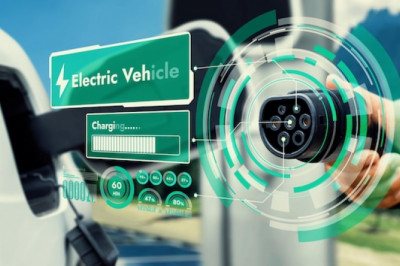
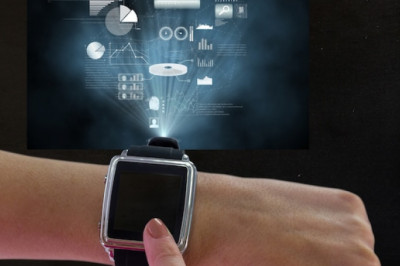


Comments
0 comment